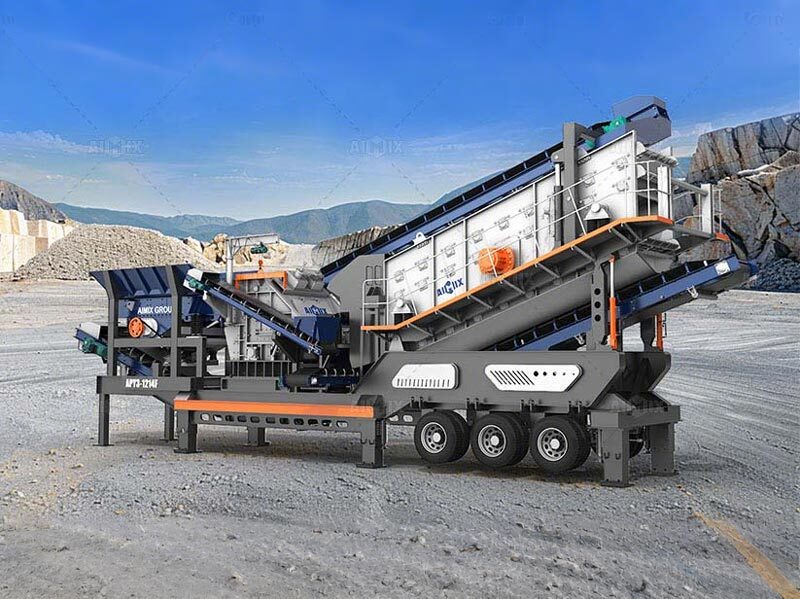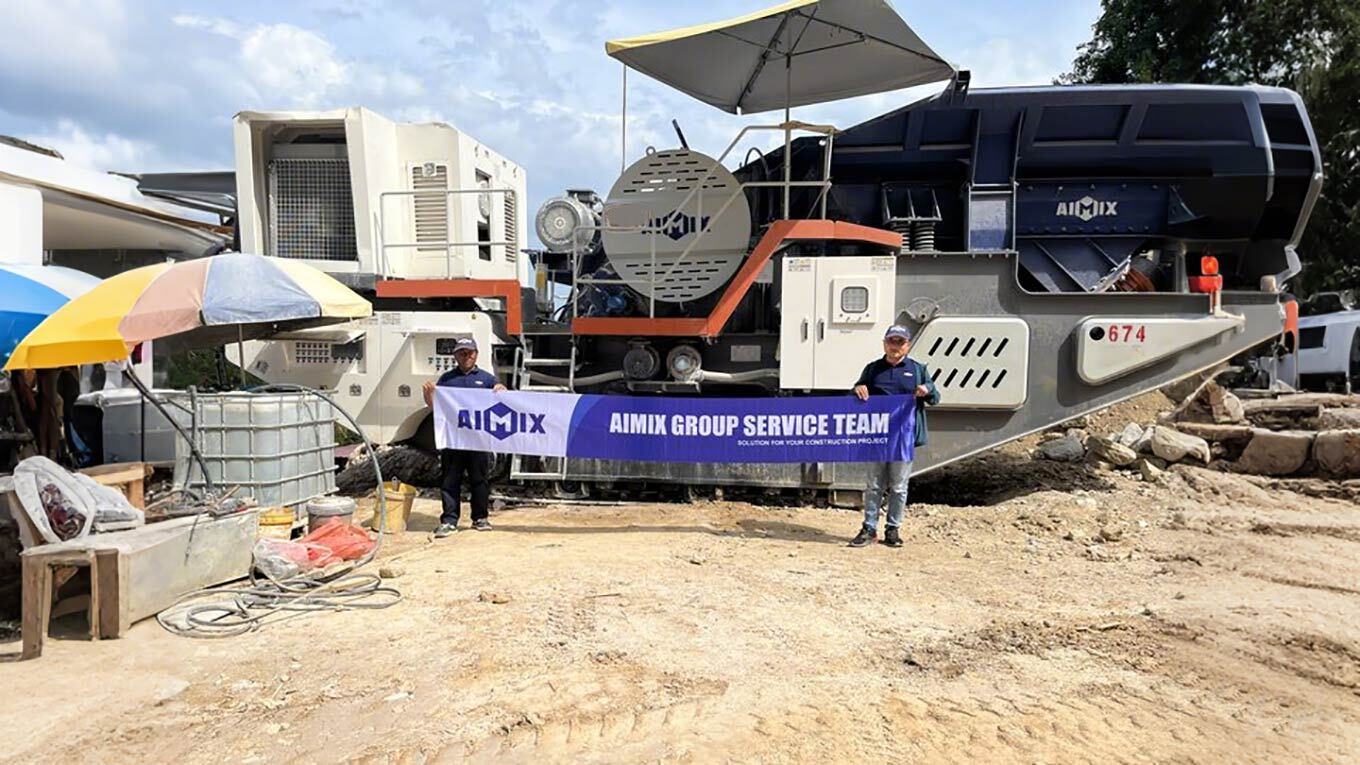The evolution of mobile crushing technology has transformed how construction and demolition projects handle concrete waste, turning potential landfill material into valuable aggregate right at the source. Choosing between track-mounted and wheeled mobile crushers represents a critical decision that impacts everything from operational flexibility to bottom-line profitability. Each configuration offers distinct advantages tailored to specific working conditions and project requirements, making informed selection essential for maximizing efficiency and return on investment.
Understanding the nuanced differences between these mobile platforms empowers contractors to align equipment choices with their operational realities. From rugged terrain accessibility to transportation logistics, each system brings unique capabilities that can significantly influence project timelines and outcomes.
Mobility and Site Access Capabilities
Track-mounted crushers excel in challenging environments where conventional equipment would struggle. Their low-ground-pressure design and articulated tracks provide exceptional stability on soft, uneven, or steep terrain, enabling operations in locations that would otherwise require extensive site preparation. This enhanced mobility comes at the cost of lower travel speeds and the need for specialized transportation between sites.

Wheeled mobile impact crushers offer superior road mobility, often capable of legal highway travel without permitting complications. Their quick deployment capability makes them ideal for multi-site projects requiring frequent relocation. However, this advantage diminishes on rough or unstable ground conditions where their limited traction may necessitate additional site work to create stable operating platforms.
Production Capacity and Operational Considerations
Track-mounted units typically feature higher production capacities and advanced automation systems, making them suitable for large-volume projects where maximum output justifies their premium cost. Their integrated design often incorporates larger feeders and crushers, supported by sophisticated control systems that optimize material flow and reduce operator intervention.
Wheeled crushers provide respectable production rates with significantly lower capital investment, presenting an economical solution for smaller projects or operations with fluctuating workloads. Their simpler mechanical systems translate to reduced maintenance complexity and easier troubleshooting in the field. The trade-off appears in their generally lower automation levels and reduced ability to handle oversized feed material compared to their track-mounted counterparts.

Financial Implications and Project Suitability
The financial analysis between these options extends beyond initial purchase price to encompass total cost of ownership. Track crushers command higher acquisition costs but often demonstrate better long-term value for dedicated crushing operations through their superior production efficiency and durability. Their specialized components may require more expensive maintenance, but this is frequently offset by reduced downtime and higher utilization rates.
Wheeled systems present a compelling economic case for contractors requiring intermittent crushing capabilities or working on fixed-price contracts with tight budget constraints. Their lower operating costs and easier maintenance access make them particularly suitable for seasonal operations or projects with uncertain timelines. The ability to quickly relocate between sites without specialized transport equipment further enhances their financial attractiveness for certain business models.
Ultimately, the decision between track and wheeled mobile crushers hinges on specific operational requirements, site conditions, and financial considerations. Track systems dominate in demanding, high-production applications where terrain challenges exist, while wheeled configurations offer practical solutions for operations prioritizing flexibility and cost-efficiency. Wise contractors recognize that both platforms have their place in modern concrete recycling, with selection determined by careful evaluation of project-specific needs rather than seeking a universally superior solution.

